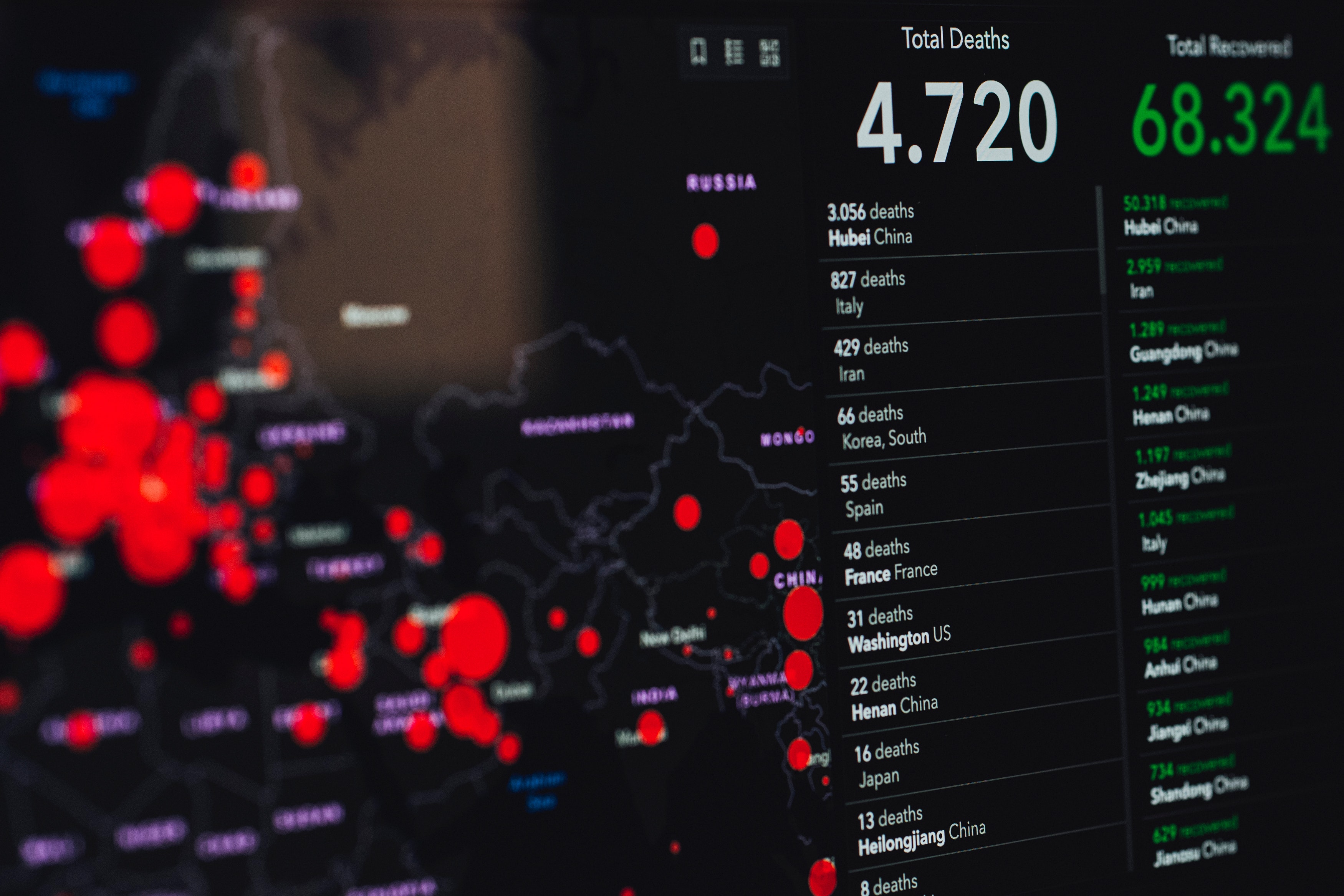This year, perhaps more than ever, we are waking up to news stories and waiting for press conferences where the latest health data is delivered. Our leaders, government departments, hospitals and aged care services are all using what's known as health informatics to plan their responses to the pandemic.This data is crucial to the decision-making processes for managing hospital beds, clinical supplies and diagnostic tests but it also impacts on the way we live our everyday lives. For example, decisions as to when to impose restrictions and close state borders have been guided by health informatics.
While our lives are shaped by health data, the term ‘health informatics’ is not one that most are familiar with. So, what does it mean?
Health Informatics
Health informatics is the science, practice and use of information in health. It is also about ensuring information is there when it is required, is fit for purpose, and available to decision makers, clinicians, the public, patients, and carers.
Rapid developments in information and communication technologies is shaping the delivery and management of health care services. We will all, at some stage in our lives, interact with a health system that is highly dependent on health informatics. So even if you don’t work in health care, having an appreciation of health informatics, is valuable.
Here are some of the more exciting developments.
Visualisation and data analytic skills
New information and communication technologies have created large volumes of data. The challenge is to interpret it and make appropriate decisions. Visualisation and data analytic tools can transform data to aid decision making using graphics and novel approaches to its presentation. These tools visualise the data in a way that makes the data easier to interpret and digest using colour, size and shapes.
Visualisation can help identify patterns in the data and to quantify significance, thereby rendering the data far more useful for health workers in their decision making, monitoring, predicting, modelling and understanding future resourcing requirements.

Visualisation of data can modernise health performance reporting by providing easy to digest, timely and relevant information for clinicians and health service managers, enabling them to identify adverse events and to formulate safety and quality initiatives.
Predictive analytics help us to understand the causes of death, disease and injury. Algorithms can be applied to uncover trends and patterns in disease progression, classification and clustering of patient populations, and association with other health variables.
E-Health
Future models of care will necessitate greater integration of technology and health information systems. As 2020 rolled on, and COVID restrictions were enforced, we have seen an explosion in the use of telehealth and teleconsultation. Health workers had to pivot and provide care differently. This has seen new models for hospitals, where care can be given in the home with remote monitoring.
Developments in technologies such as blockchain can secure confidential transactions. Healthcare data and information stored in a blockchain can impact how clinical information is shared within and outside of the health system.
Health mobile apps are now widely used to manage specific health conditions such as diabetes and mental health to support individuals to take better control of their chronic disease. Artificial intelligence driven chatbots are used to facilitate disease screening and address self-service health related enquiries.
Patients can use self-help kiosks to navigate around hospitals or to access relevant health information in pharmacies or health professional offices. Self-service health information is now available from both credible (and sometimes non-credible sites) on the internet and health workers will need to understand the online landscape so that they can empower those with illness to self-manage their conditions and improve health and wellbeing
Of course, there is also social media which continues to be a source of information and misinformation. Current and future health workers will need to understand the pros and cons of social media to manage public health concerns and as a tool for information sharing. Queensland Health has been successful using their social media platforms to provide public health advice, health information and to promote healthy behaviours.
Conclusion
While we may not all end up as health informaticians our lives are increasingly influenced by the field. So, the next time you check on the latest pandemic data dashboard or tune in for a leader’s daily press conference, spare a thought for the vast amount of data that has been collated, analysed, visualised and interpreted, and the people who made it happen. We live in a time when data and technological advances in health are helping to inform decisions that influence the way we live our lives and aids our leaders to make the life and death decisions impacting all our lives.
References
Lloyd, S., Walker, S. M., & Goswami, A. (2020). Health information: Applications and challenges in the COVID-19 pandemic . Asia Pacific Journal of Health Management . https://doi.org/10.24083/apjhm.v15i3.473
Sapci, A Hasan (21.01.2020). "Teaching Hands-On Informatics Skills to Future Health Informaticians: A Competency Framework Proposal and Analysis of Health Care Informatics Curricula". JMIR medical informatics (2291-9694), 8 (1), p. e15748.
https://intelligence.weforum.org/topics/a1Gb0000000LPFfEAO?tab=publications
https://digitalhealth.org.au/wp-content/uploads/2020/02/DHWA_WHITEPAPER_2019.pdf

Dr Sheree Lloyd - School of Medicine and Dentistry - Health Services Management
Visit Sheree's Griffith Experts page
Sheree is a a health information manager, teacher and project manager with over 30 years experience in academic and health service management roles. She holds graduate membership of the Health Information Management Association of Australia, is a Certified Health Information Manager, Fellow of Australasian College of Health Service Managers and member of the Australasian Institute of Digital Health. In 2016, recognising her contribution to student experience through teaching activities, Sheree was awarded a Vice Chancellors Award from the Queensland University of Technology. In 2019 she completed her PhD researching innovation and high performance in rural health settings.

Mr Lawrence Lim - School of Medicine and Dentistry - Health Services Management
Lawrence Lim has over 30 years' experience in consulting and held management roles in both the public and private sectors in Australia, Asia, and the Middle East. Some of these roles include a Planning specialist at Baxter Healthcare, Project Director for national wide projects, and leading the Centre of Medical Informatics. Lawrence teaching experience at tertiary level includes health informatics, public health, health services management, and Information technologies. He is currently a Senior Lecturer of Health Informatics/Health Service Management in the School of Medicine and Dentistry at Griffith University.
Advance your career with Griffith Professional
Griffith's new range of stackable professional courses designed to quickly upskill you for the future economy.
Professional Learning Hub
Our tailored professional learning focuses on the issues that are important to you and your team. Bringing together the expertise of Griffith University’s academics and research centres, our professional learning is designed to deliver creative solutions for the workplace of tomorrow. Whether you are looking for opportunities for yourself, or your team we have you covered.